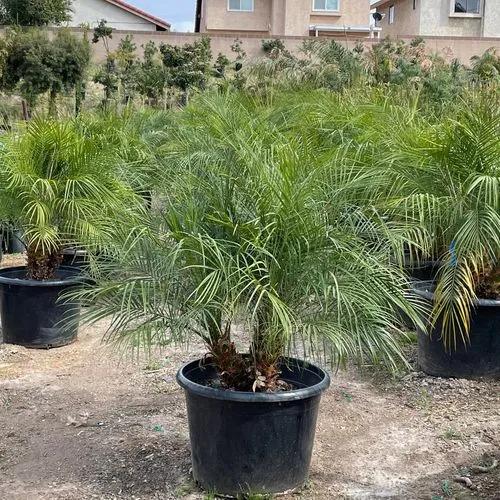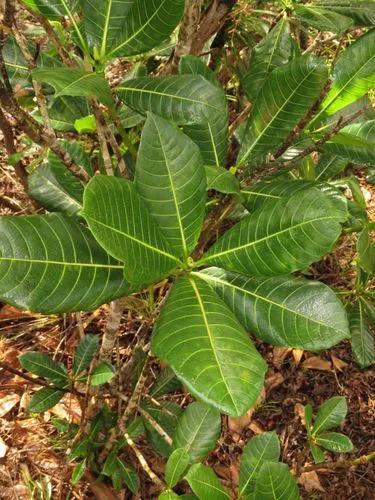Firmiana simplex, commonly known as the Chinese parasol tree, Chinese parasoltree, or wutong (Chinese: 梧桐; pinyin: wútóng), is an ornamental plant of tree size that has recently been assigned to the family Malvaceae and was formerly the family Sterculiaceae in the order Malvales, and is native to Asia. It grows up to 16 m (52 ft) tall.
Chinese Parasol Tree Care
Firmiana Simplex



It has alternate, deciduous leaves up to 30 cm (12 inches) across and small fragrant, greenish-white flowers borne in large inflorescences. A flowering tree varies in fragrance with weather and time of the day, having a lemony odor with citronella and chocolate tones. A tall, stately specimen grows in the botanical garden in Florence, Italy. Bumble bees and Giant Mason Bees readily visit the flowers in Maryland, U.S. People grow this tree as an ornamental in warm regions of North America.Deciduous tree with a rounded or umbrella-shaped crown, reaching a height of up to 20 m. The bark is smooth, brownish or light yellow. The leaves are alternate, deeply dissected into 3-5 pointed lobes, light green, glabrous or pubescent underneath, up to 35 cm long and 45 cm wide, with petioles approximately equal to the length of the leaf blades. The flowers are small, greenish-yellow, dioecious, collected in paniculate apical inflorescences up to 35 cm in size. The plant is monoecious. The fruit is a composite five-membered leaflet 3-10 cm long, cracking before the seeds ripen. Seeds are grayish-yellow, spherical, about 1 cm in diameter, edible, tasty, oily. Blossoms in July; bears fruit in September-October. Propagated by seeds, begins to bloom and bear fruit in the sixth - eighth year of life.
How to Care for the Plant

Popularity

147 people already have this plant 16 people have added this plant to their wishlists
Discover more plants with the list below
Popular articles






